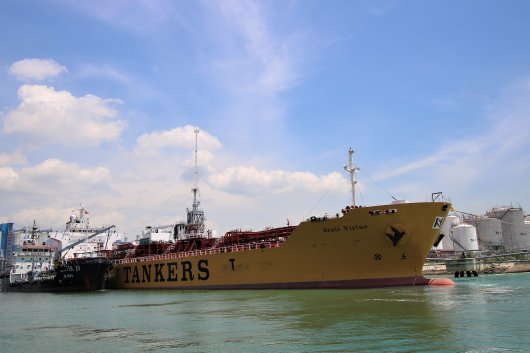Stolt-Nielsen posts 50% jump in bunker costs as annual net profit is more than halved
Net income down $63.1 million as marine fuel expenses rise by $72.2 million.
Stolt-Nielsen - a specialist in the transportation and storage of chemicals and other bulk liquids - reports that bunker fuel costs increased by $72.17 million, or 50.5 percent, to $214.98 million in fiscal 2017, which runs between December 1 and November 30, up from $142.81 million the previous year.
The average price paid by Stolt-Nielsen subsidiary Stolt Tankers for intermediate fuel oil (IFO) rose by almost $100 in 2017 compared to the previous year.
The mean price for IFO consumed jumped $98, or 45.4 percent, to $314 per tonne, up from $216 in 2016. However, the impact was said to be largely offset by lower bunker surcharge rebates to customers.
Stolt Tankers also reported that $66.0 million of the increase in operating expenses last year was the result of higher marine fuel costs.
Bunker hedging
Stolt-Nielsen also confirmed that it had purchased forward contracts on 92,000 tonnes of bunker fuel for delivery in 2016, 111,000 tonnes for delivery in 2017 and 2018, and 48,000 tonnes for delivery in 2019, with initial expiration dates ranging from three to 24 months forward.
The group recorded total realised and unrealised gains from bunker contracts of $13.5 million for the year ended November 30, 2017, which was $6.1 million higher than in 2016.
In a breakdown of the gains, Stolt-Nielsen's bunker swap programme yielded $7.4 million in realised gains (offsetting bunker price increases since the start of the swap programme) and $6.1 million in unrealised gains (mark-to-market of the remaining outstanding swaps).
Back in December 2015, Stolt Tankers entered into a bunker swap programme to hedge a significant part of the uncovered portion of the estimated bunker consumption according to the budget for the period up to December 2017.
In June 2017, Stolt Tankers added hedges for the uncovered portion of the estimated bunker consumption through the next 24 months (the third quarter of 2017 until the second quarter of 2019).
Stolt-Nielsen said its policy will be to hedge at least 50 percent of expected bunker purchases within the next 12 months through either bunker surcharges included in contracts of affreightment (COAs) or through hedging.
Financial results
In its annual results for the 12-month period up to November 30, 2017, Stolt-Nielsen achieved a net profit after tax of $50.1 million, which was a fall of $63.1 million, or 55.7 percent on the 2016 result.
Gross profit dipped $16.4 million, or 4.1 percent, to $388.1 million, with operating revenue rising by $117.2 million, or 6.2 percent, to 1,997.1 million, and operating expenses increasing by $87.9 million, or 7.1 percent, to $1,329.2 million.
Stolt Tankers, meanwhile, reported an operating profit of $111.0 million, which was a 20 percent decline compared to the prior-year figure of $138.4 million.
Stolt Tankers' revenue increased by $97.6 million, which was attributed to $42.9 million lower bunker surcharge rebates and $48.3 million in higher freight revenue. The lower bunker surcharge rebates were said to be a result of the increase in bunker prices during the period.
The average price paid by Stolt-Nielsen subsidiary Stolt Tankers for intermediate fuel oil (IFO) rose by almost $100 in 2017 compared to the previous year.
The mean price for IFO consumed jumped $98, or 45.4 percent, to $314 per tonne, up from $216 in 2016. However, the impact was said to be largely offset by lower bunker surcharge rebates to customers.
Stolt Tankers also reported that $66.0 million of the increase in operating expenses last year was the result of higher marine fuel costs.
Bunker hedging
Stolt-Nielsen also confirmed that it had purchased forward contracts on 92,000 tonnes of bunker fuel for delivery in 2016, 111,000 tonnes for delivery in 2017 and 2018, and 48,000 tonnes for delivery in 2019, with initial expiration dates ranging from three to 24 months forward.
The group recorded total realised and unrealised gains from bunker contracts of $13.5 million for the year ended November 30, 2017, which was $6.1 million higher than in 2016.
In a breakdown of the gains, Stolt-Nielsen's bunker swap programme yielded $7.4 million in realised gains (offsetting bunker price increases since the start of the swap programme) and $6.1 million in unrealised gains (mark-to-market of the remaining outstanding swaps).
Back in December 2015, Stolt Tankers entered into a bunker swap programme to hedge a significant part of the uncovered portion of the estimated bunker consumption according to the budget for the period up to December 2017.
In June 2017, Stolt Tankers added hedges for the uncovered portion of the estimated bunker consumption through the next 24 months (the third quarter of 2017 until the second quarter of 2019).
Stolt-Nielsen said its policy will be to hedge at least 50 percent of expected bunker purchases within the next 12 months through either bunker surcharges included in contracts of affreightment (COAs) or through hedging.
Financial results
In its annual results for the 12-month period up to November 30, 2017, Stolt-Nielsen achieved a net profit after tax of $50.1 million, which was a fall of $63.1 million, or 55.7 percent on the 2016 result.
Gross profit dipped $16.4 million, or 4.1 percent, to $388.1 million, with operating revenue rising by $117.2 million, or 6.2 percent, to 1,997.1 million, and operating expenses increasing by $87.9 million, or 7.1 percent, to $1,329.2 million.
Stolt Tankers, meanwhile, reported an operating profit of $111.0 million, which was a 20 percent decline compared to the prior-year figure of $138.4 million.
Stolt Tankers' revenue increased by $97.6 million, which was attributed to $42.9 million lower bunker surcharge rebates and $48.3 million in higher freight revenue. The lower bunker surcharge rebates were said to be a result of the increase in bunker prices during the period.
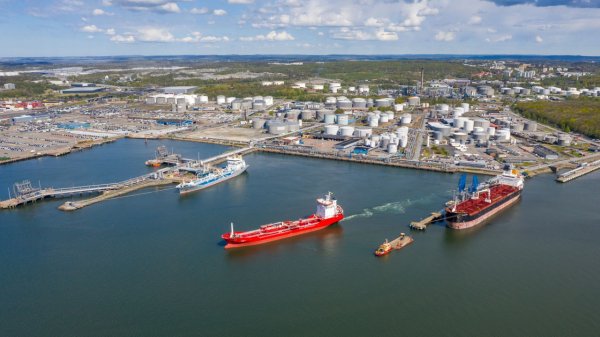
|
Swedish biomethane bunkered in Gothenburg
Test delivery performed by St1 and St1 Biokraft, who aim to become large-scale suppliers. |
|
|
|
||
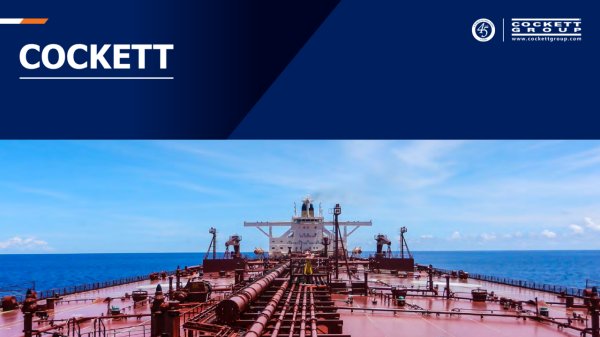
|
Cockett to be closed down after 45 years
End of an era as shareholders make decision based on 'non-core nature' of Cockett's business. |
|
|
|
||
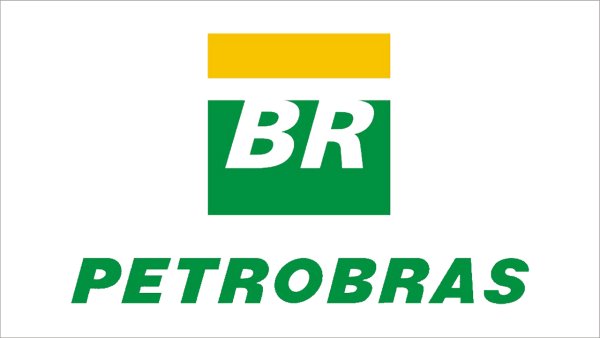
|
Petrobras confirms prompt availability of VLS B24 at Rio Grande
Lead time for barge deliveries currently five days. |
|
|
|
||
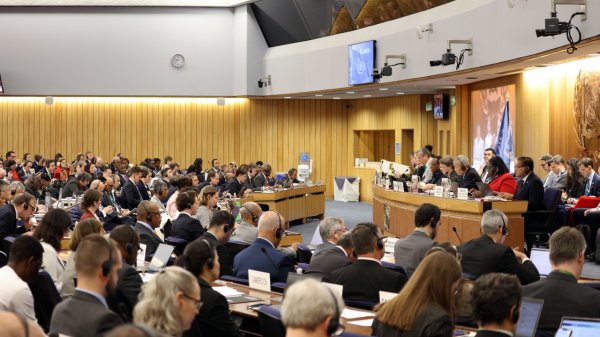
|
IMO approves pricing mechanism based on GHG intensity thresholds
Charges to be levied on ships that do not meet yearly GHG fuel intensity reduction targets. |
|
|
|
||
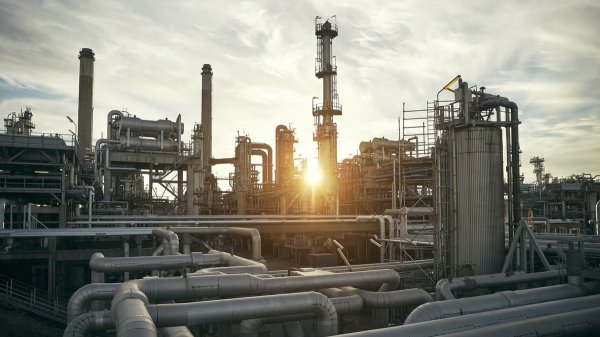
|
VARO Energy expands renewable portfolio with Preem acquisition
All-cash transaction expected to complete in the latter half of 2025. |
|
|
|
||
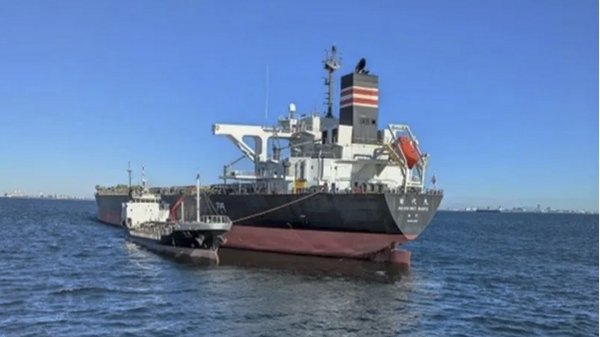
|
NYK trials biofuel in milestone coal carrier test
Vessel is used to test biofuel for domestic utility company. |
|
|
|
||
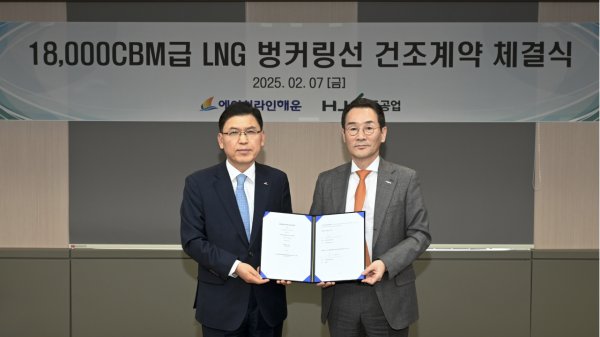
|
H-Line Shipping orders LNG bunkering vessel
Vessel with 18,000-cbm capacity to run on both LNG and MDO. |
|
|
|
||

|
How to engineer and manage green shipping fuels | Stanley George, VPS
Effective management strategies and insights for evolving fuel use. |
|
|
|
||
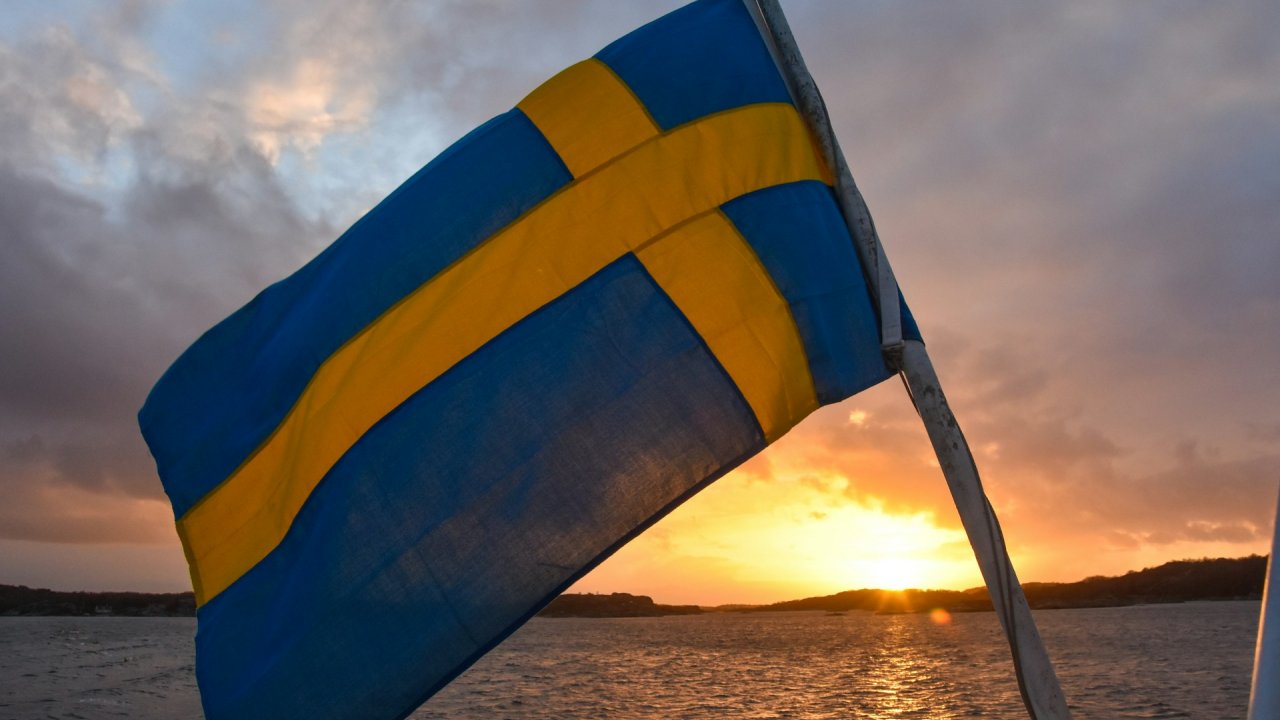
|
Swedish government bans scrubber wastewater discharges
Discharges from open-loop scrubbers to be prohibited in Swedish waters from July 2025. |
|
|
|
||
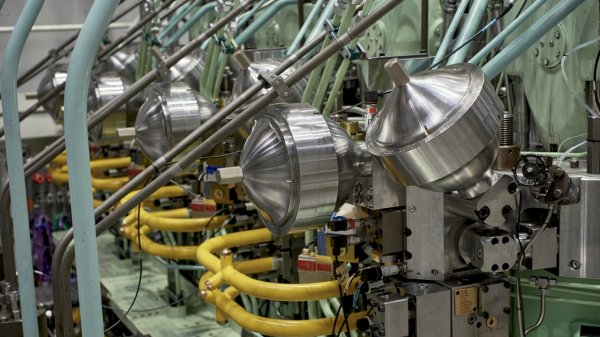
|
MAN Energy Solutions achieves 100% load milestone for ammonia engine
Latest tests validate fuel injection system throughout the entire load curve. |
|
|
|
||

